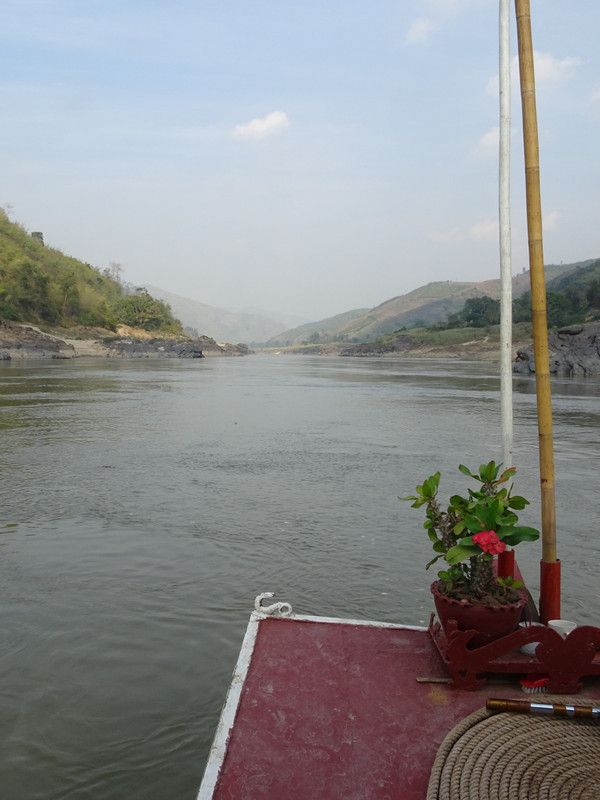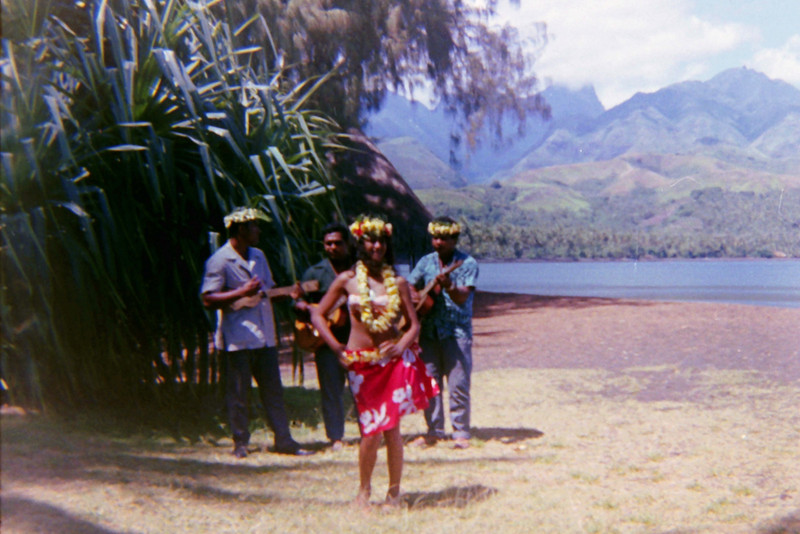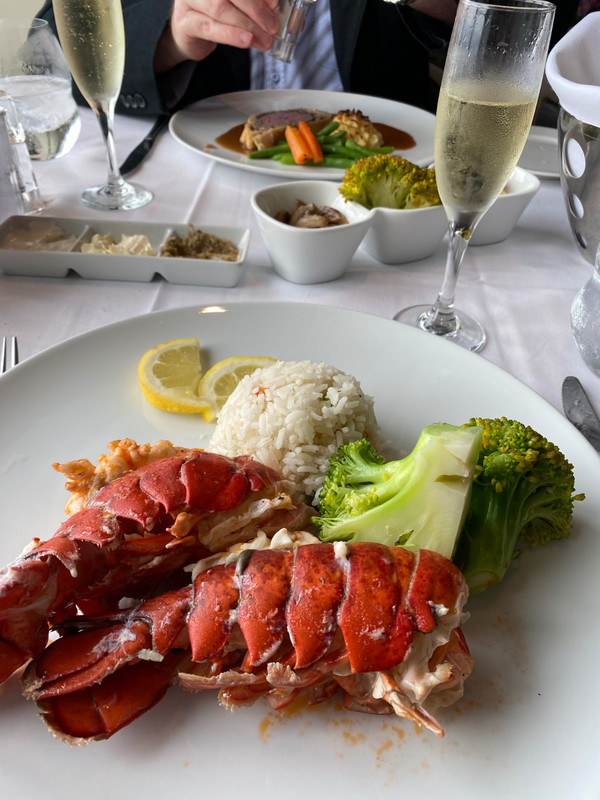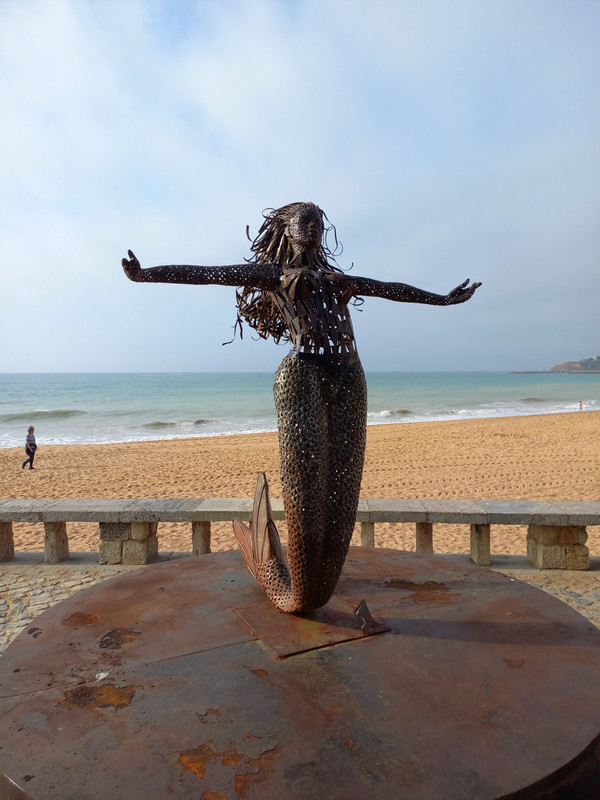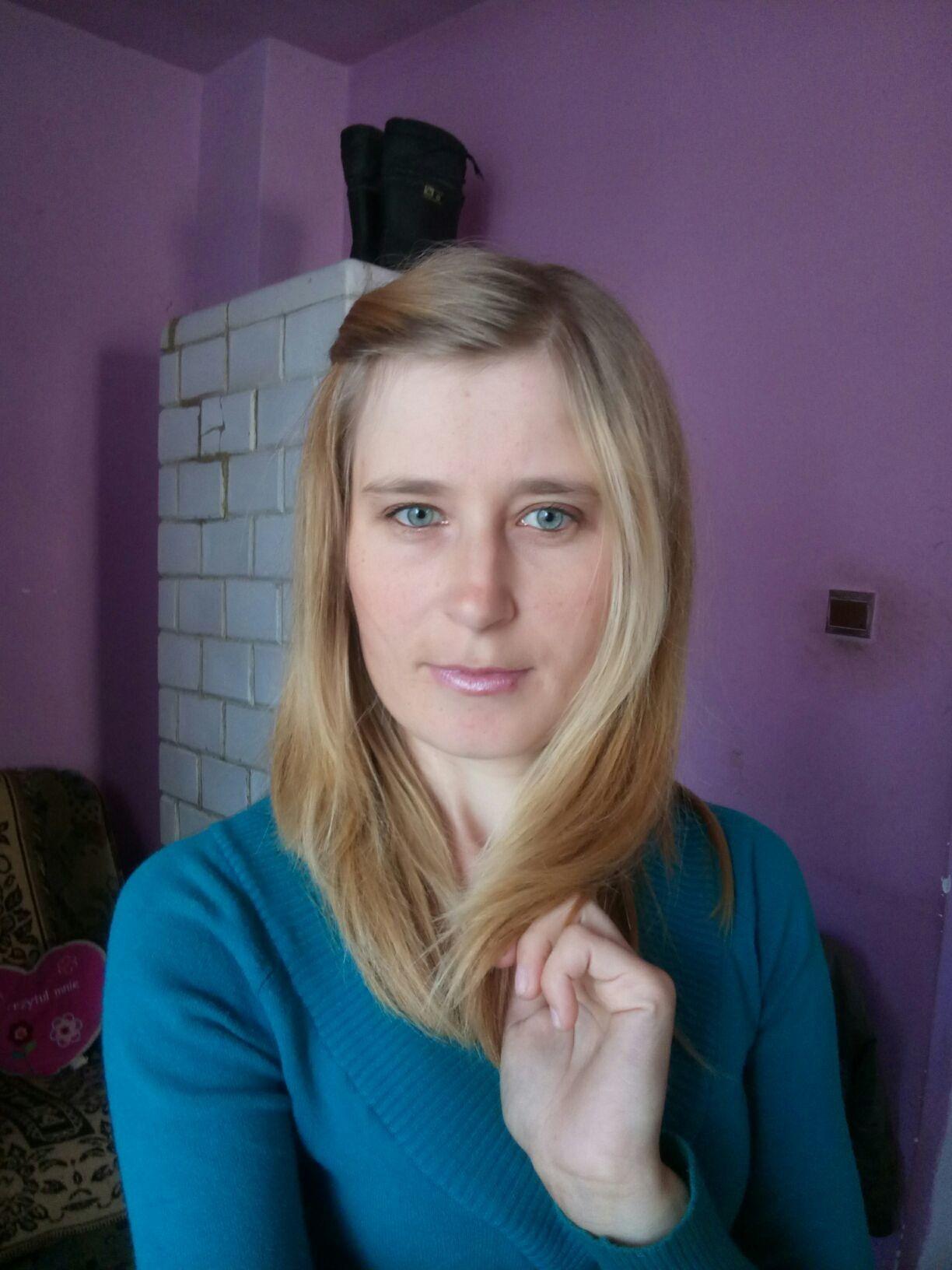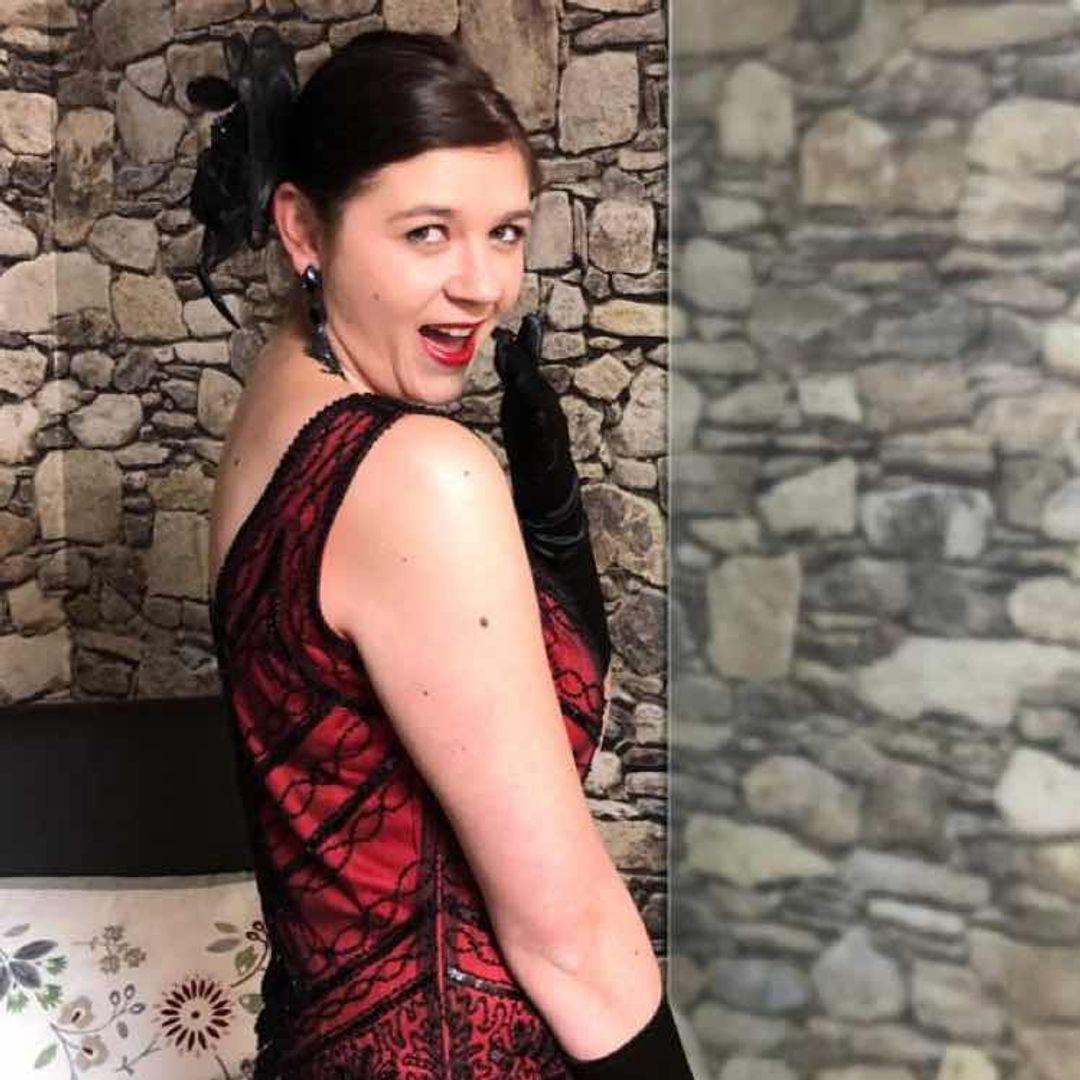We woke early (5:30am) to catch the sunrise and prepare for an early morning border crossing into Laos. We headed down to the breakfast area of our guesthouse (which was located on the river bank) and settled at a long thin bar table overlooking the Mekong. We helped ourselves from the Bain Marie, piling our plates with chicken, pork, fried rice and fried eggs. I also enjoyed a small bowl of banana and yoghurt, which was very – it was the first yoghurt Id tried since arriving in Thailand. Unfortunately, the weak tea and orange cordial werent terribly appetising at 7am, and nor was the overly sweet bread that didnt convert well into toast.
After our enjoyable breakfast on the river bank we organised our packs, jumped into a minibus and headed to the Chiang Khong Immigration Office, which was about 15km downstream from our guesthouse. We made our way through Thailands border control system, clambered onto a large bus and headed over the Friendship Bridge into Laos. We were dropped at the Huay Xai Immigration Office, where we waited patiently
as Laos and rather inefficient border control system recorded our details and administered our arrival.
After waiting for our papers to be processed, we withdrew $1.5 million kip from an ATM, paid for a short term visa and jumped into a songthaews (a converted truck with benches down either side) for a quick trip to the riverbank to board our slow boat. We were heading to Pak Beng, and it was going to take about six hours.
The wooden slow boat was an amazing vessel – long and thin with bench seats and tables on either side. There was open area at the front, and a toilet and beer fridge at the back. Beyond the toilets were the staff quarters, where meals were prepared and the engine room was chugging away. We were cruising with the current downstream, so the boat (and the engine) didnt have to do very much. We were very low in the river – you could let your fingers drift in the water if you leant over the wooden rail.
other. However, after about half an hour we left the Thai border and disappeared into Laos, although it was difficult to discern any immediate difference. Water buffalo wandered in the silt along the river bank, Laotian men panned for gold, children frolicked in the shallows, river taxis sped past and villagers looked on from wooden huts higher up on the river bank.
Lunch was served just after midday, and it was an impressive spread. We helped ourselves to rice, curried potato and chicken, fried noodles, fried pork and spring rolls. We finished the meal with fresh watermelon and bananas. Eating on a slow boat with a river breeze enveloping everything around you is an incredible experience. I fallen in love with slow boat travel on the Mekong.
Our Laotian guide informed us that while the country (and has been since 1975), it doesnt subscribe to the of other countries. Temples remain, as do many other cultural facets of the old country. Ive heard different accounts of the impact throughout Indochina, and they dont all tally, so Im interested to see the impact first hand.
with the chug of the engine nothing more than a faint background noise. The lapping of water on the hull, the wind against my face, the warm river breeze wrapping itself around my shoulders – it was such an incredible way to travel. Despite being in the midst of Laos dry season, lush green forest crept all the way down to the river bank, and there were a few signs of life – a small hut here, a dirt path there, a wooden canoe resting on a narrow sandbar. Cows and water buffalo wandered freely, and banana plantations occasionally appeared amidst the sprawling and dishevelled jungle.
Some parts of the river were particularly narrow and shallow, and it took all the skill of our captain to navigate through the exposed rocks in the fast flowing current. Hours drifted by as we glided down the Mekong its been quite a while since I felt so incredibly relaxed.
